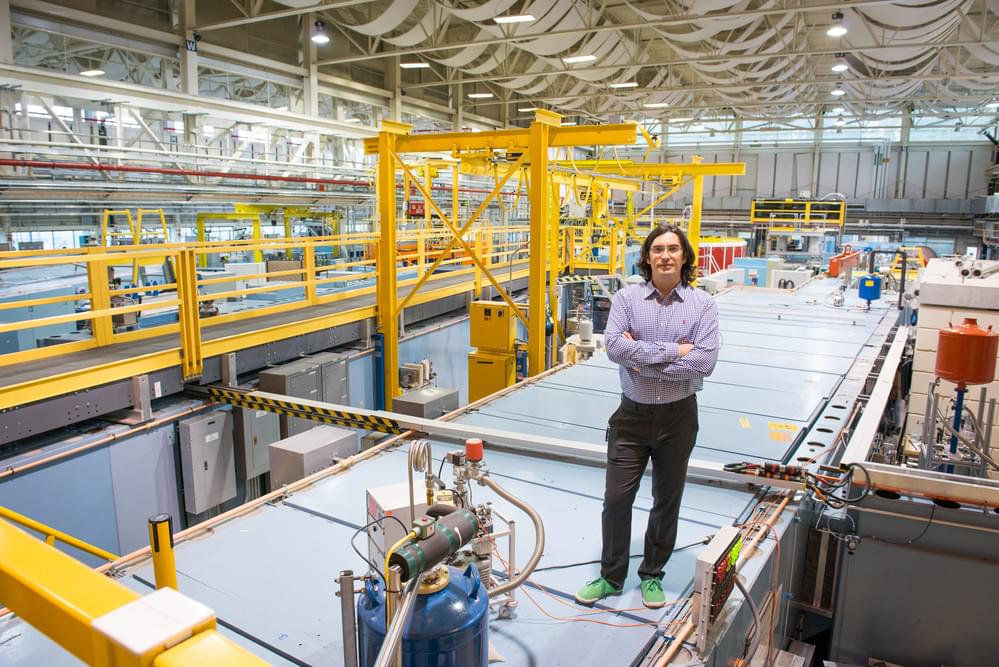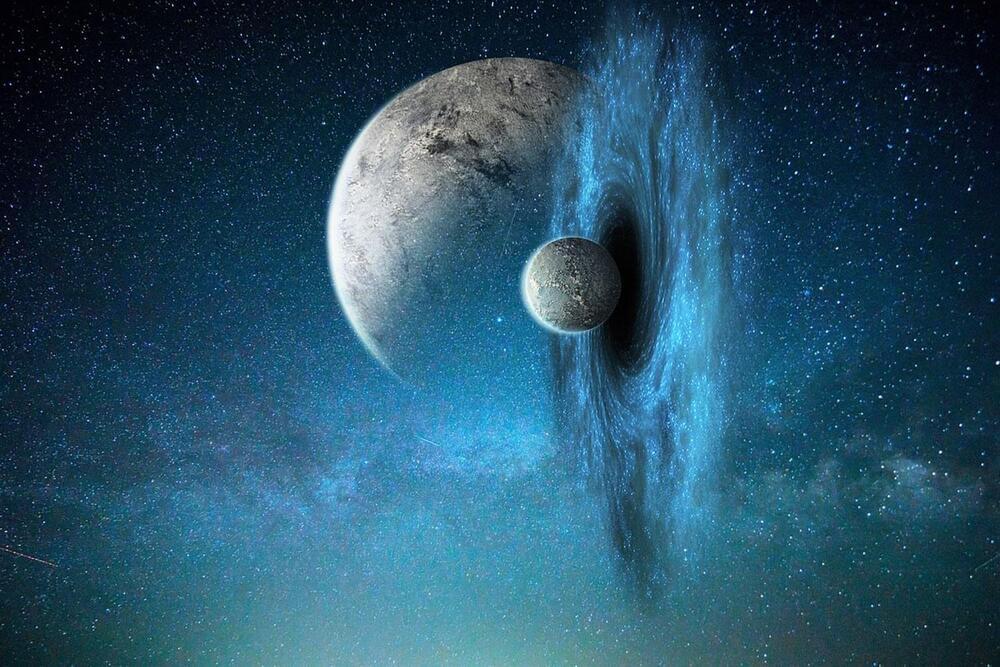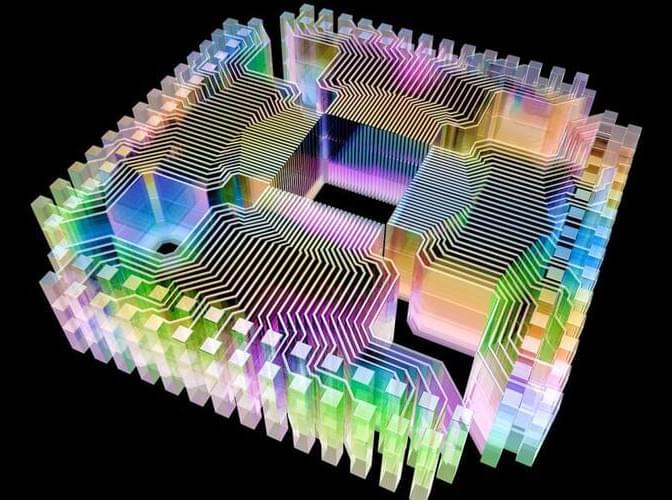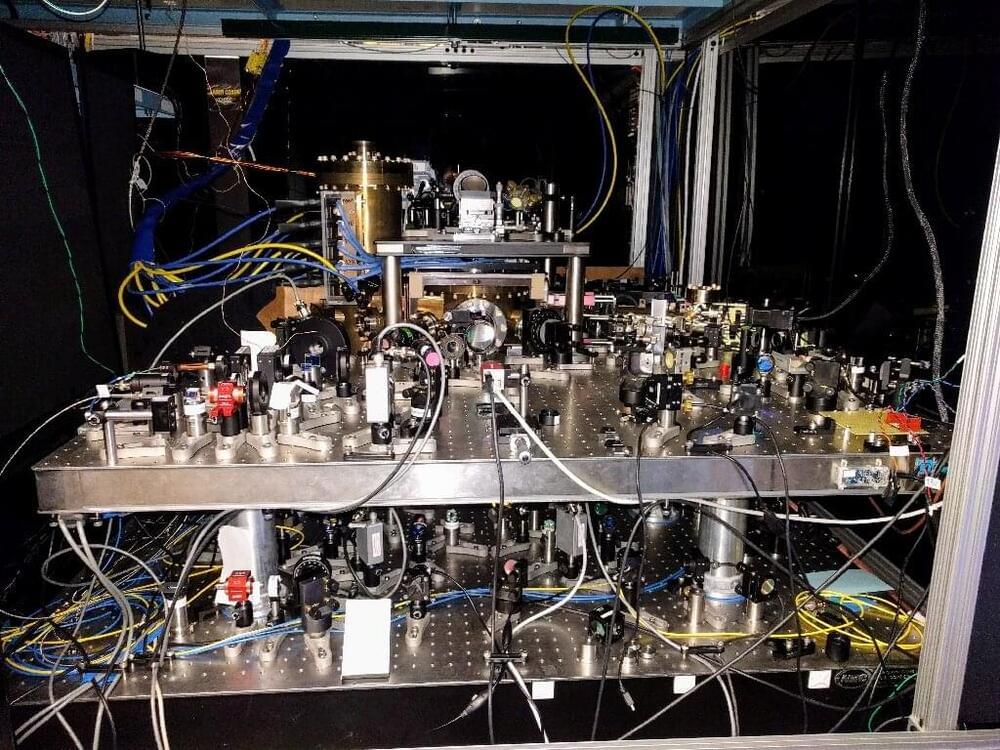Researchers uncovered new information about an important subatomic particle and a long-theorized fifth force of nature.
A group of researchers have used a groundbreaking new technique to reveal previously unrecognized properties of technologically crucial silicon crystals and uncovered new information about an important subatomic particle and a long-theorized fifth force of nature.
The research was an international collaboration conducted at the National Institute of Standards and Technology (NIST). Dmitry Pushin, a member of the University of Waterloo’s Institute for Quantum Computing and a faculty member in Waterloo’s Department of Physics and Astronomy, was the only Canadian researcher involved in the study. Pushin was interested in producing high-quality quantum sensors out of perfect crystals.
By aiming subatomic particles known as neutrons at silicon crystals and monitoring the outcome with exquisite sensitivity, researchers were able to obtain three extraordinary results: the first measurement of a key neutron property in 20 years using a unique method; the highest-precision measurements of the effects of heat-related vibrations in a silicon crystal; and limits on the strength of a possible “fifth force” beyond standard physics theories.






